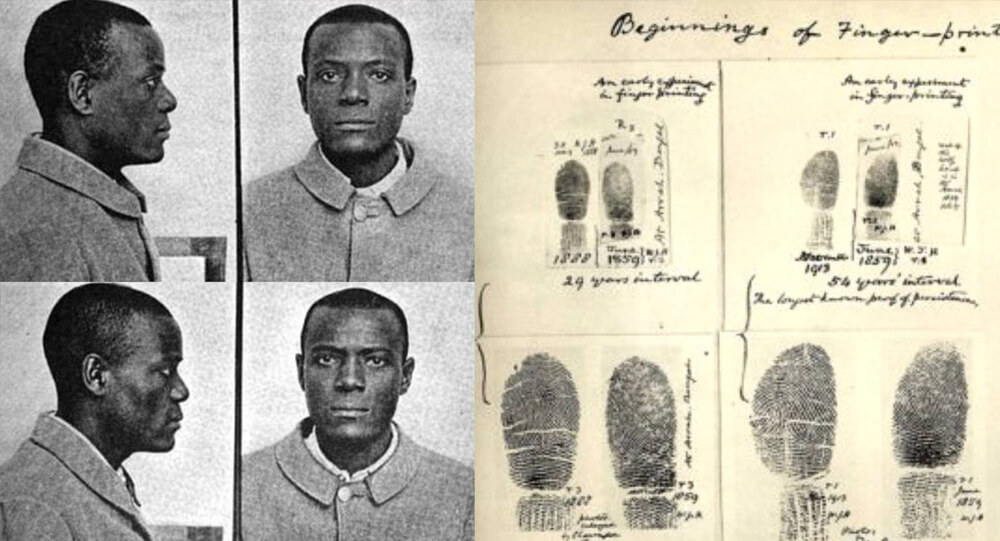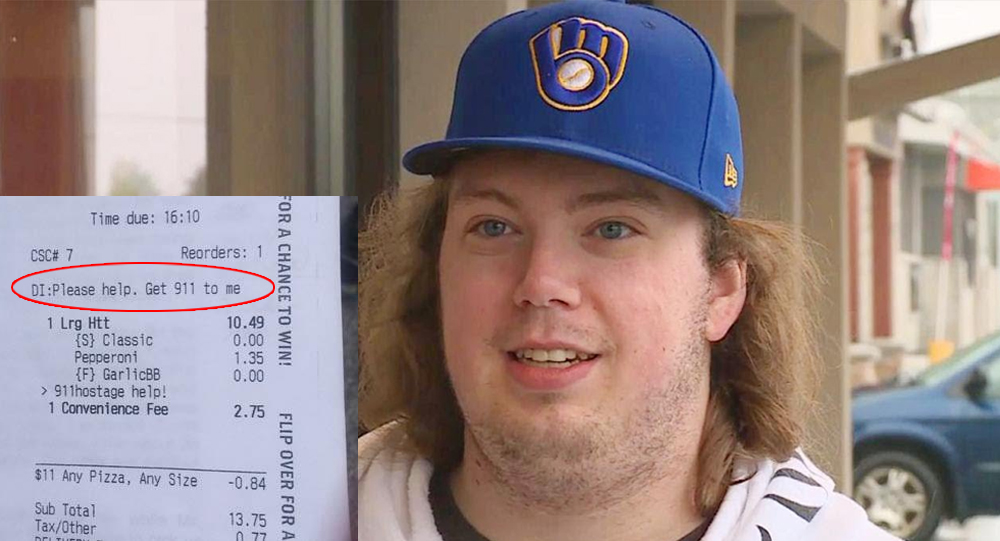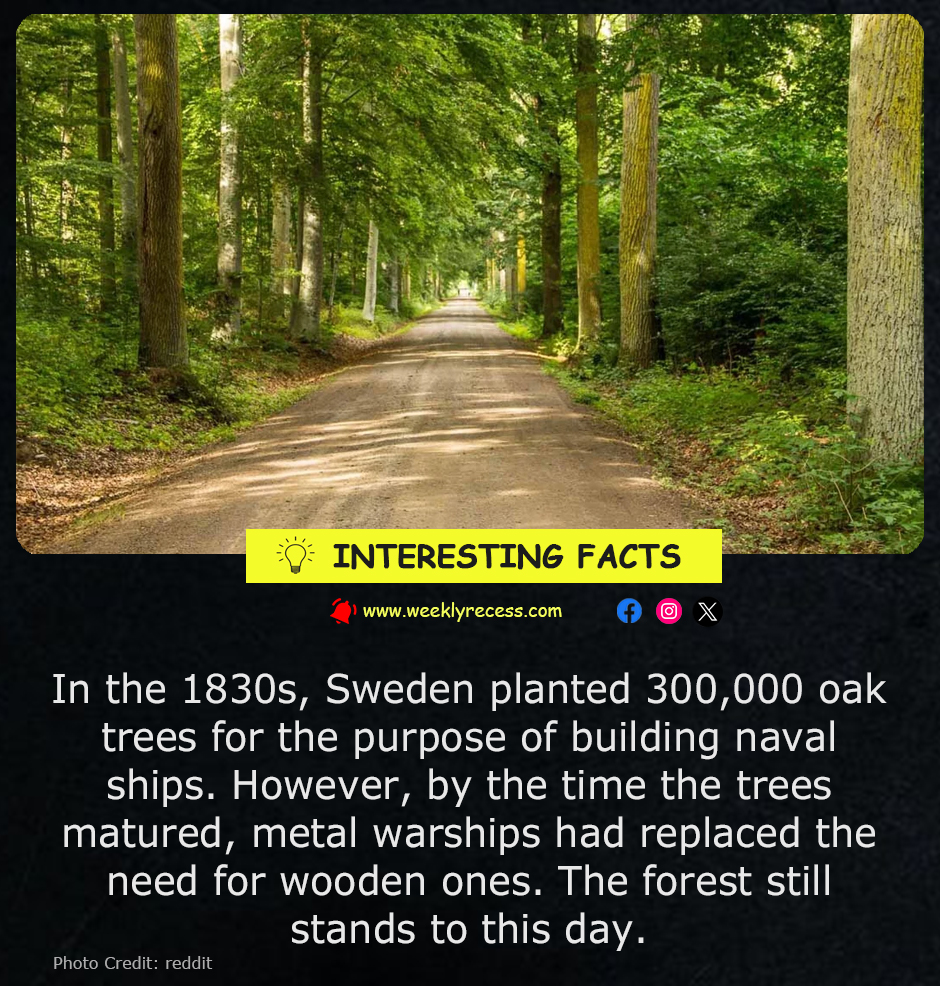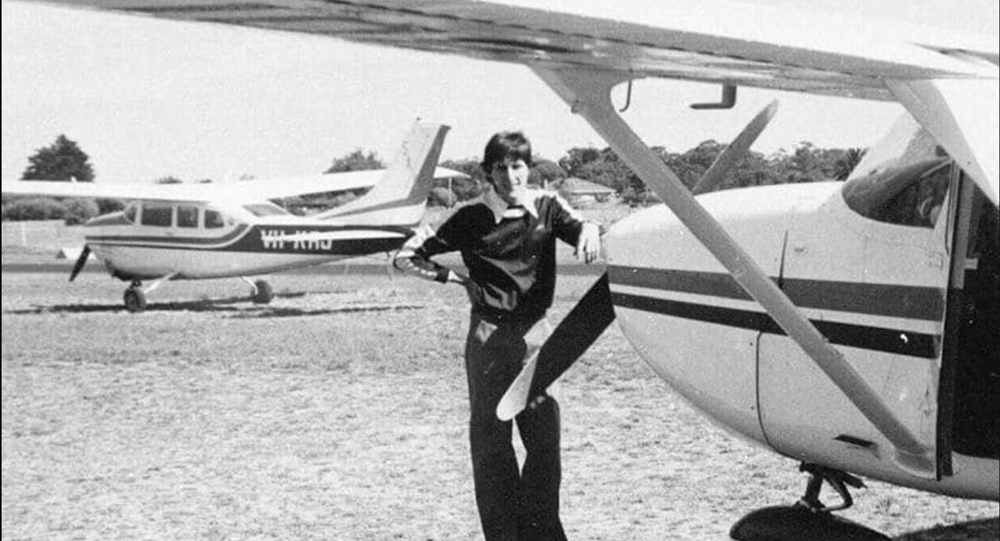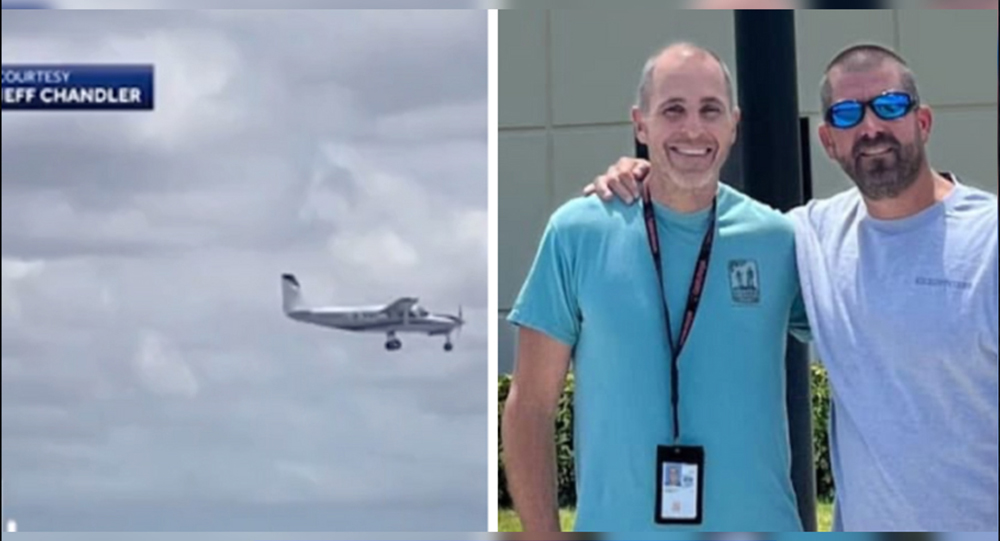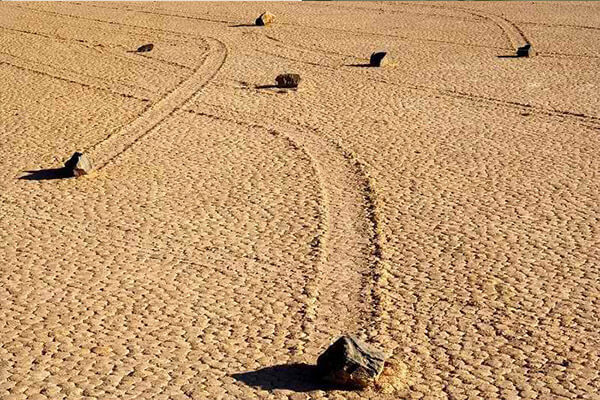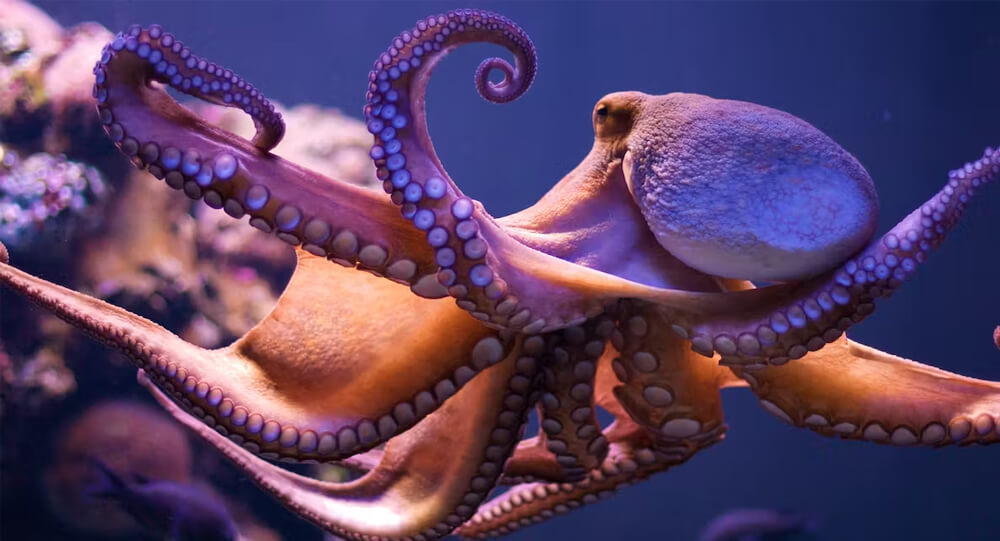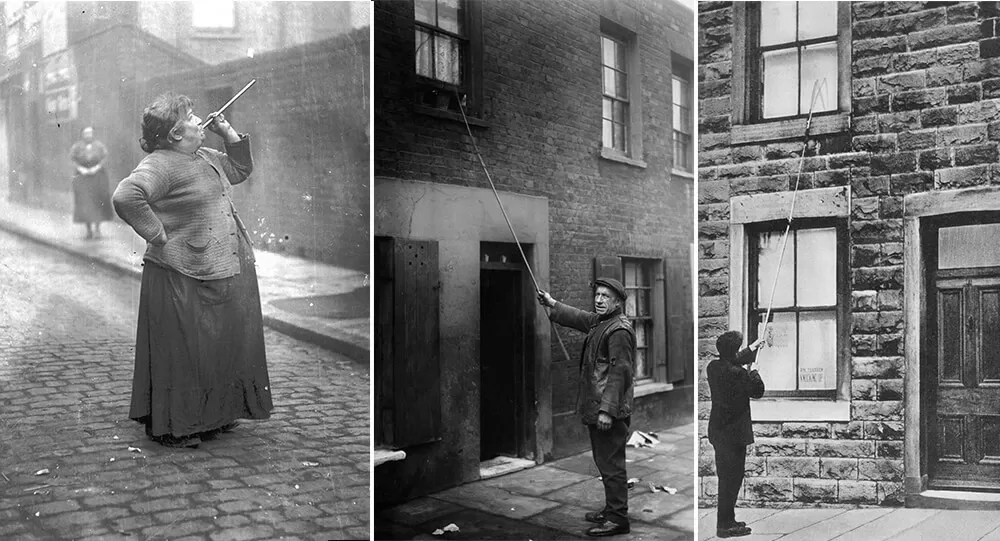The story of Will (William) and William West, two prisoners at Leavenworth Penitentiary shortly after the turn of the 19th century, should be known by very few people working in the identification field.
After some confusion, the records clerk realized they had two different prisoners with the exact same name and similar appearances who were both transferred to Leavenworth Prison at the same time. They contribute to the current use of fingerprints for identification.
The Strange Story Of Will & William Wests:
“The Tale of Will West & William West” has been repeatedly told for more than a century, occasionally as a fable and occasionally as reality. As a result, the story has been altered and rewritten multiple times, with more or less specificity. Nonetheless, the story describes the same incident in its most basic version, which is as follows:
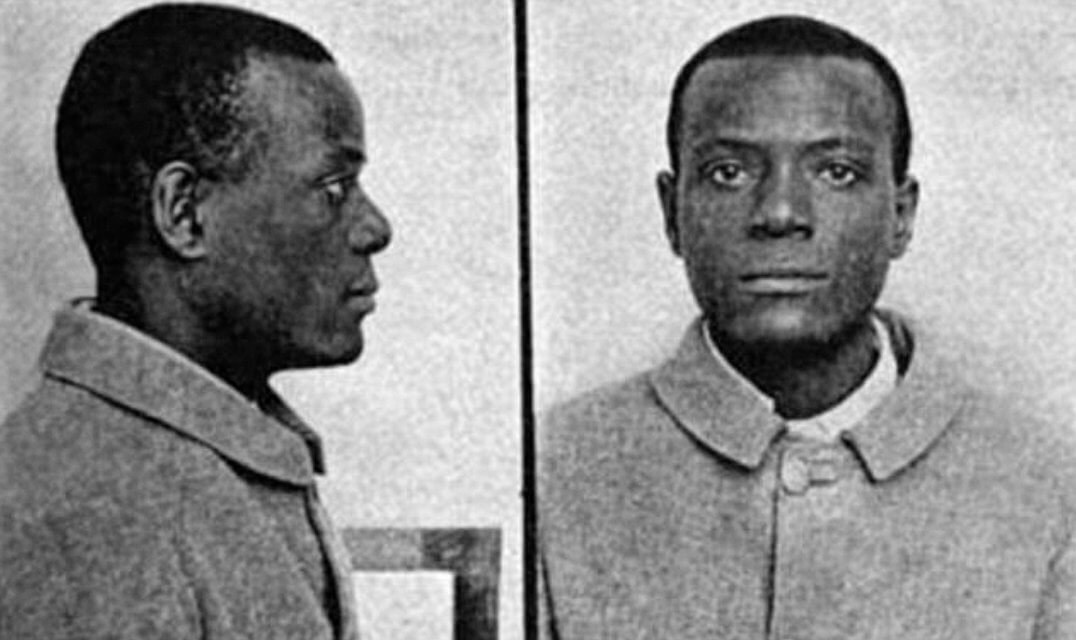
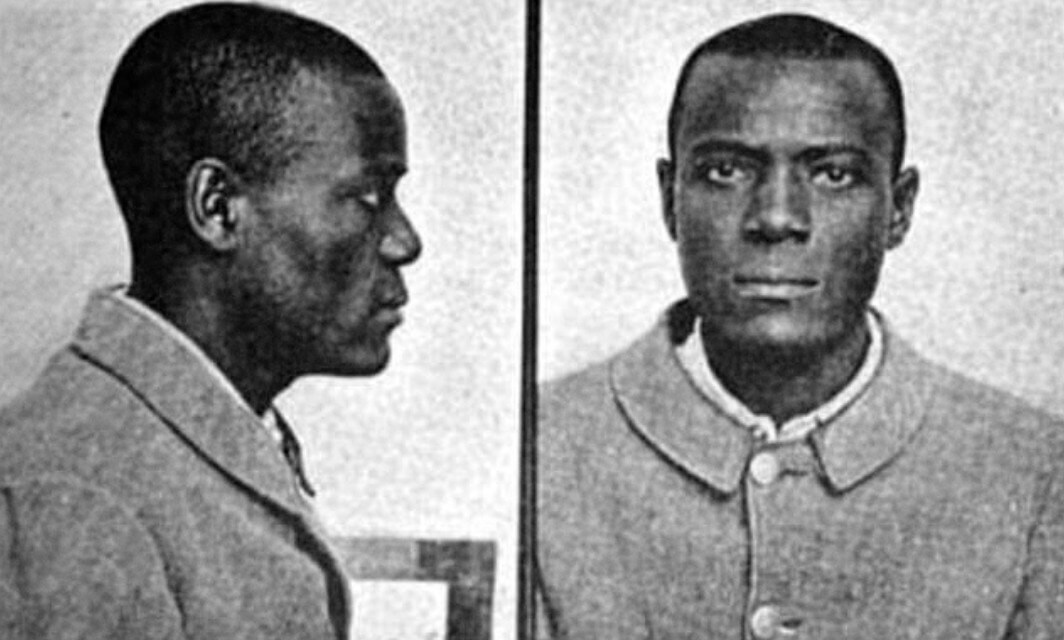
Both the man in the position above and the man in the position below, both named West, were given prison terms in Leavenworth Prison in Kansas over a century ago.
Will West’s arrival in 1903 prompted the records keeper, M.W. McClaughry was very confused at the prison because he thought he had processed him two years earlier.
Will West denied having spent time there previously when questioned, but Mr. McClaughry nevertheless subjected him to the Bertillon devices. He was aware of criminals’ unwillingness to acknowledge prior misdeeds.
Indeed, Mr. McClaughry found the file of a William West, whose measurements were nearly identical and whose photograph appeared to be that of the new prisoner, when he used the formula obtained from West’s Bertillon measurements.
Will West, though, was open about a prior trip to Leavenworth. That’s my image, but I don’t know where you got it, because I know I have never been here before, Will said to McClaughry.
As Mr. McClaughry examined William West’s record card, he discovered that it belonged to a prisoner who had already been there for two years, serving a life sentence for murder.
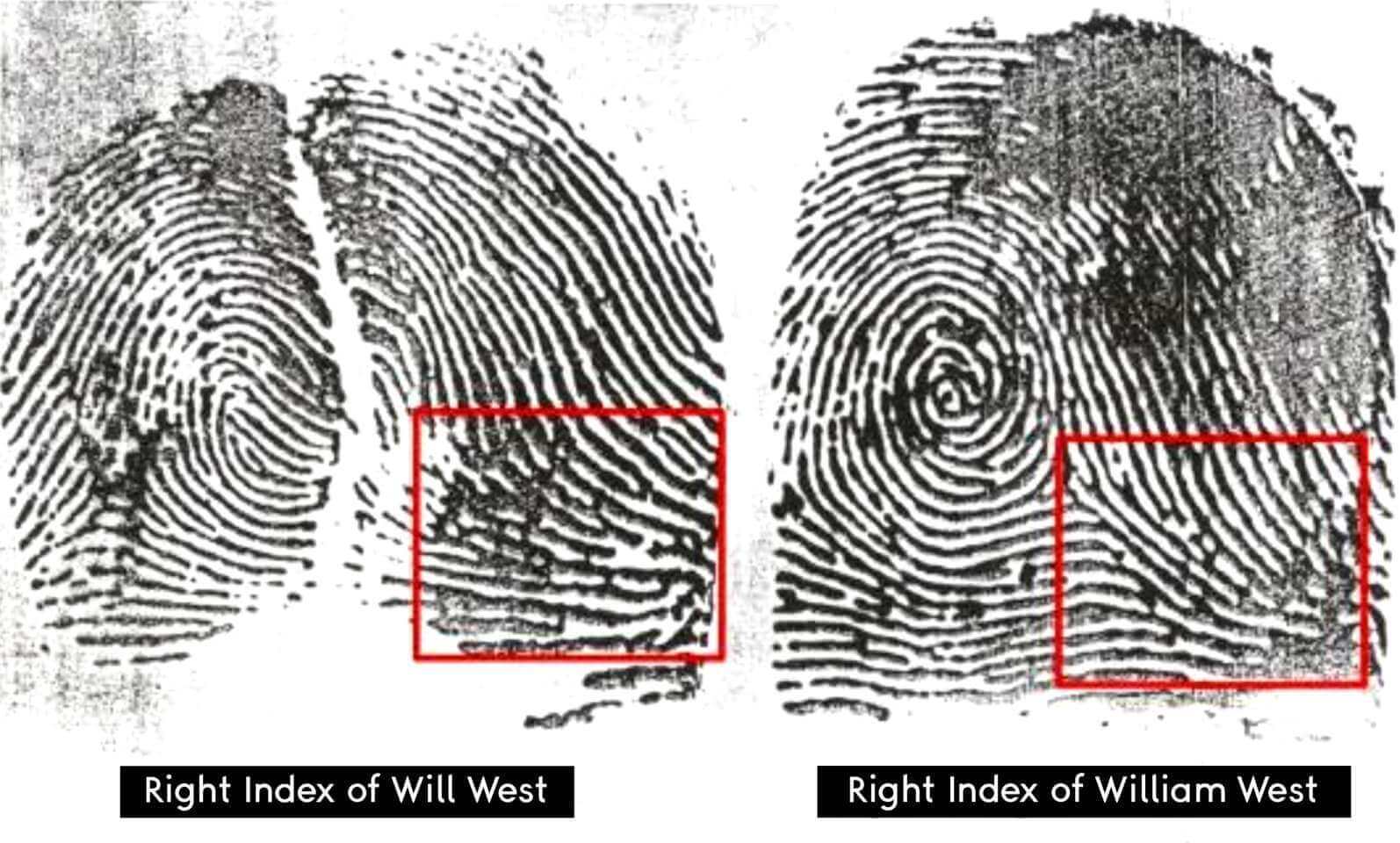
Then, the impressions and comparisons of Will West’s and William West’s fingerprints were made. To Mr. McClaughry’s surprise, the patterns had nothing in common and were completely distinct from one another.
The Will & William Wests Case Inspired the Usage of Fingerprints for Identification in the Following Ways:
Since the “West Brothers Case” exposed the shortcomings of the Bertillon method, US authorities quickly shifted to fingerprinting.
Sgt. John K. Ferrier from Scotland Yard, who was guarding the Crown Jewels while they were on tour, first saw McClaughry at the St. Louis World Fair in 1904.
He explained to the American prison guard how accurate fingerprinting had been used by Scotland Yard for the previous three years.
The recommendation made by McClaughry was approved. The Attorney General sanctioned the implementation of the new system on November 2, 1904, but Sgt. Ferrier had already visited the Leavenworth Prison in October 1904 and had provided training on the fingerprint method.
The authorities in Leavenworth don’t seem to have known about fingerprint identification until far later than Will West’s arrival. Mr. McClaughry brought the approach to the Leavenworth Prison after receiving training in it. Soon after, the United States’ first national fingerprint database was created.
Fingerprints’ original purpose:
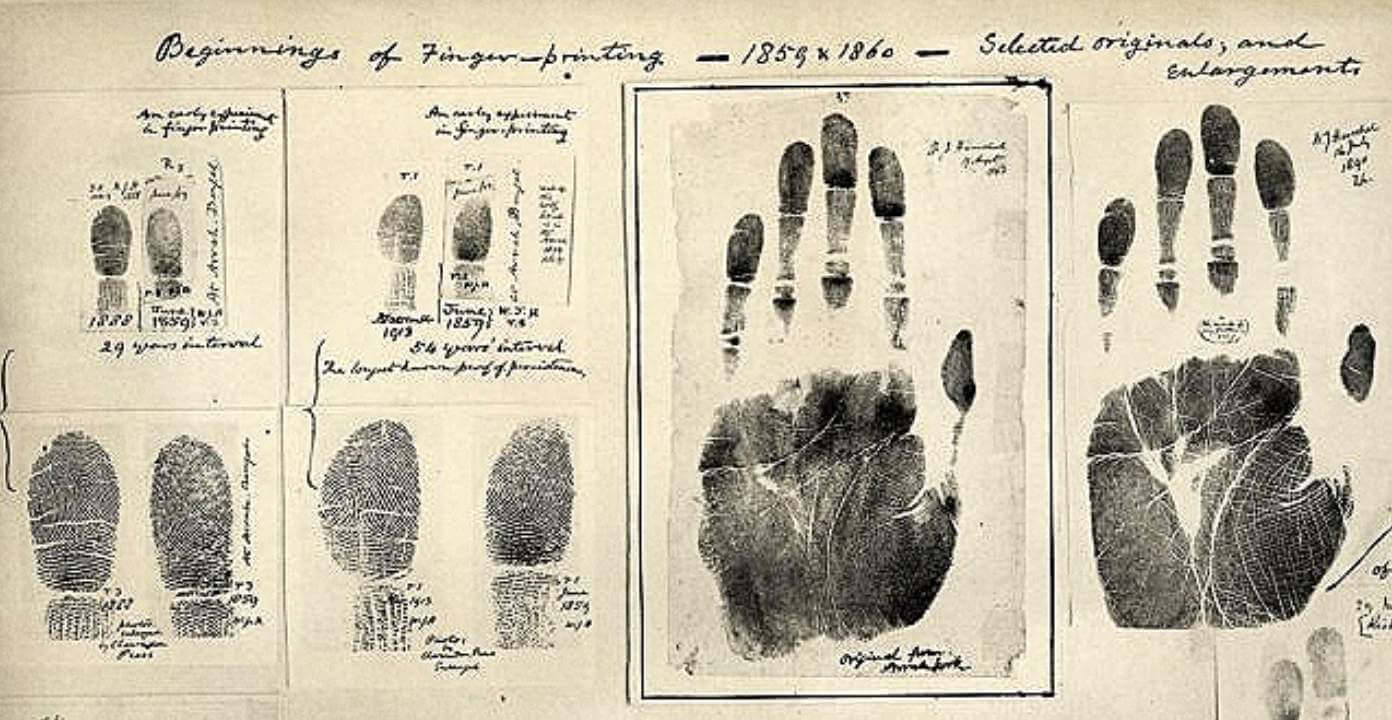
Since Sir William James Herschel, Chief Magistrate of the Hooghly district in West Bengal, India, asked villagers to stamp their business contracts with their palms, the use of fingerprints has been around since 1858. He didn’t do it because he understood the science, but rather because he had an intuition that it would be a reliable method of identifying someone.
